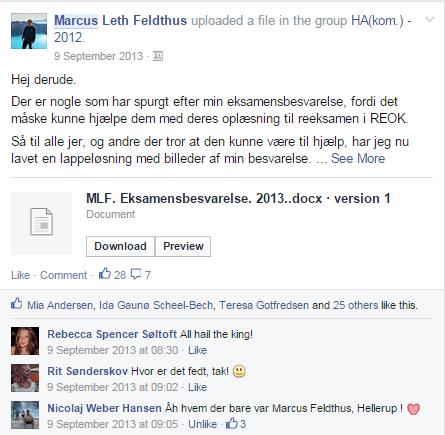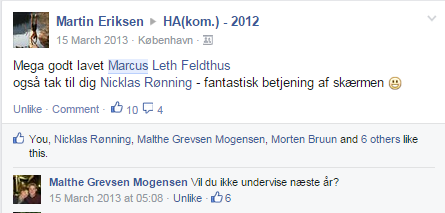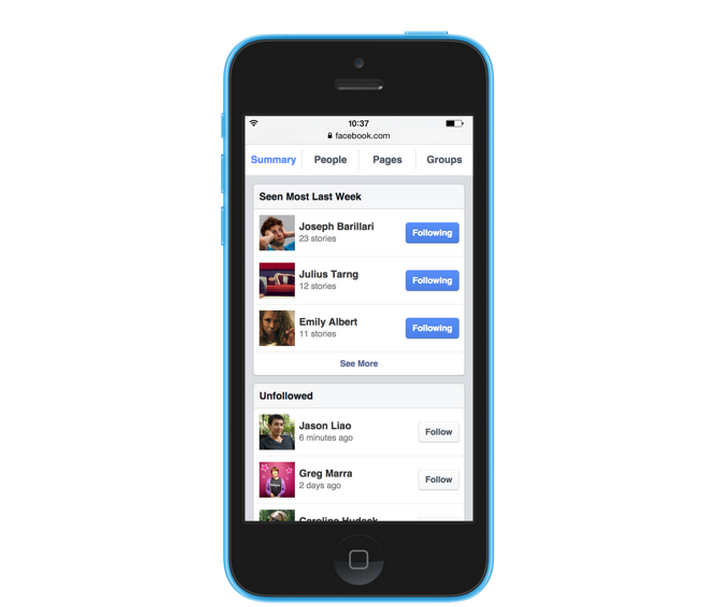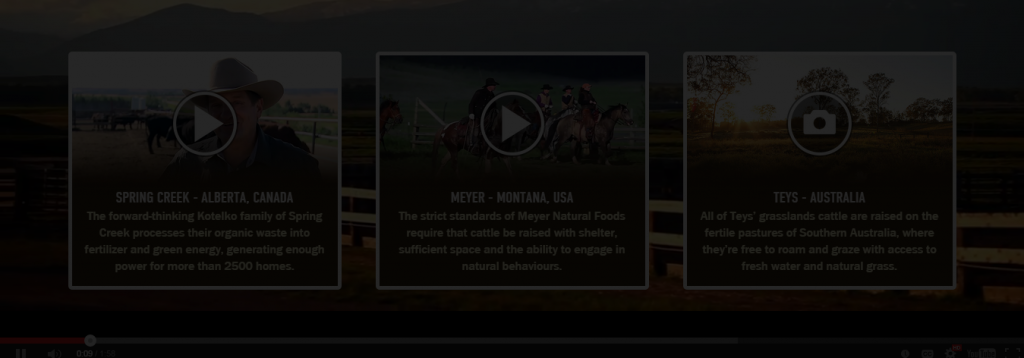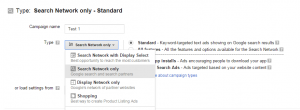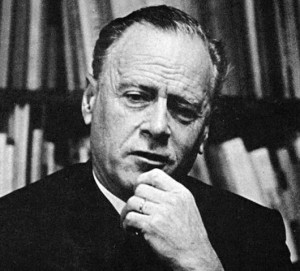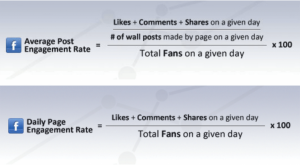I’ll start by saying this: I’m afraid that you might find me a bit pretentious if you read what I have to say on the subject of personal branding. But unfortunately, I won’t be able to present my argument without risking that.
So, I’ll tell my story and try to document my (perhaps to positive?) claims about myself and others’ perspective of me, as thoroughly as possible.
Here it is:
When I talk to other students about “personal branding” and how to “create a career” by “networking with the big guys”, “creating a personal brand online” and all those fancy things, I keep on thinking that we may be too ambitious?
Some students want to have a higher klout score because digital influencers will see that, and that often lead to them talking about connecting to the digital influencers.
Others talk about “getting out there” in the world of big companies and powerful managers, by going to networking events and similar things.
My point is, I believe we are getting ahead of ourselves. We are students and the chance of us making a meaningful connection to one of the “big and important guys” is pretty small. I am not saying, that it can’t happen, but in my opinion it’s not very cost-efficient, if you believe in the saying that “time is money”.
What I see as students’ greatest opportunity is to create a personal brand that our fellow students can relate to. Most people don’t see their fellow students as sources of “career-creating” material, but my claim is that that is wrong.
The students that surround you, are the people that are interested in the same industry as you and they will probably work in the same industry or in an industry that is somehow relevant to yours.
–> AND the thing is, these people are close to you. Every week you have the opportunity to “show your skills and knowledge off” in class. Talk on subjects that the people, you want to influence, can relate to and understand. When you are given assignments, people will start asking for your help, if you come off as a person who knows what your doing, and that’s a golden opportunity to create value for the people you want to influence. At least that’s how I have experienced it.
Even though I have never seen my participation in class and work on assignments as personal branding, it makes good sense to interpret it that way when looking back.
Here are two examples of what I would define as my personal branding.
1. picture: I uploaded my answers to an accounting exam on the Facebook-group for my programme at Copenhagen Business School, to help the people in their studying for the re-exam.
2. picture: I made a presentation on accounting, which led to jokes about me doing the lectures the following years.
(I know it’s in Danish, but you can put in Google Translate, if you want all the details)
3. picture: The Hootsuite report shows that my AdWords guide has the highest amount of clicks – by far. I made it after several people in my E-Marketing class asked me for help with AdWords.
I can name some other examples to make it more tangible:
My participation and networking in classes at University has led to me tutoring 5 people (officially) and getting four different jobs related to communication and social media.
I am not saying, that it doesn’t make sense to try to connect with the persons that are the “big guys” now. I am saying, that the people you’re studying with now probably know some of the “big guys” and may very well become the “big guys” in the future, and you have the opportunity to influence them right now. Why not do that first?

